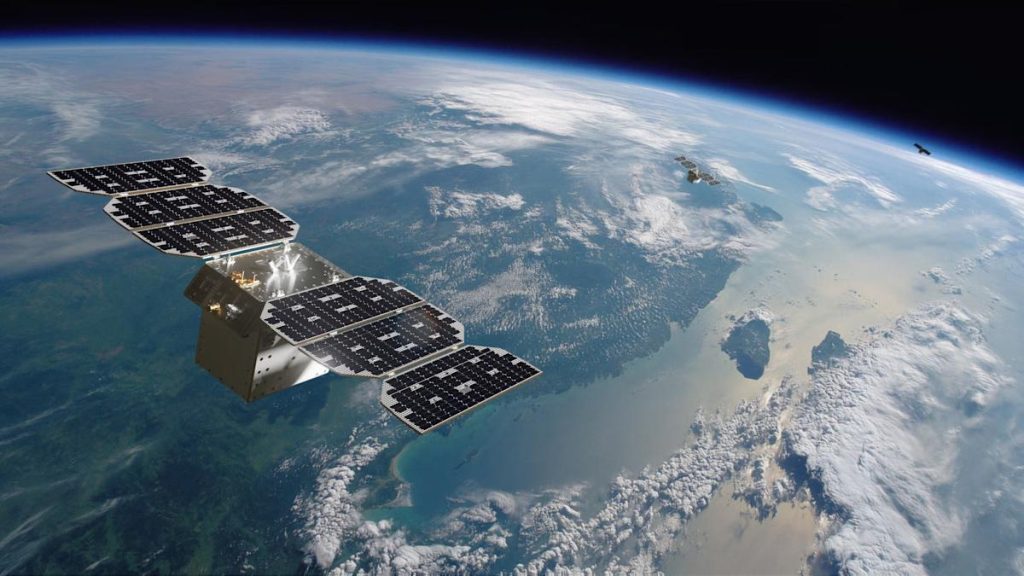Putting AI in space may sound like a sci-fi nightmare, but Google is thinking about the idea with a research endeavor called Project Suncatcher. The idea is to put power-hungry data centers into orbit on solar-powered satellites, so they can be powered by unlimited, clean energy available 24 hours a day. That would mitigate the nastiest aspects of AI cloud computing, like the use of power plants that spew huge amounts of CO2 into the atmosphere.
Project Suncatcher is a literal moonshot of the type that Google used to do more often. The search giant wants to put its AI chips, called Tensor Processing Units (TPUs), into orbit aboard solar panel-equipped satellites. “In the future, space may be the best place to scale AI compute,” wrote Google senior director Travis Beals. “In the right orbit, a solar panel can be up to 8 times more productive than on Earth, and produce power nearly continuously, reducing the need for batteries.”
Suffice to say, the idea poses numerous challenges. That proximity to the sun would expose the TPUs to high levels of radiation that can rapidly degrade electronic components. However, Google has tested its current chips for radiation tolerance and said they’d be able to survive a five year mission without suffering permanent failures.
Google’s Tensor Processing Unit (Google)
Another challenge is the high-speed data links of “tens of terabits per second” and low latency required between satellites. Those speeds would be hard to achieve in space, as transmitting data at long distances requires exponentially more power than on Earth. To achieve that, Google said it may need to maneuver TPU-equipped satellites into tight formations, possibly within “kilometers or less” of each other. That would have the added benefit of reducing “station keeping” thrust maneuvers needed to keep the satellites in the right position.
The determining factor, though, is money. Launching TPUs into space may not seem cost-efficient, but Google’s analysis shows that doing so could be “roughly comparable” to data centers on Earth (in terms of power efficiency) by around the mid-2030s.
While it’s currently only a preliminary research paper, Google is planning to put Project Suncatcher through some initial trials. It has teamed with a company called Planet on a “learning mission” to launch a pair of prototype satellites into orbit by 2027. “This experiment will test how our models and TPU hardware operate in space and validate the use of optical inter-satellite links for distributed ML [machine learning] tasks,” Google wrote.


